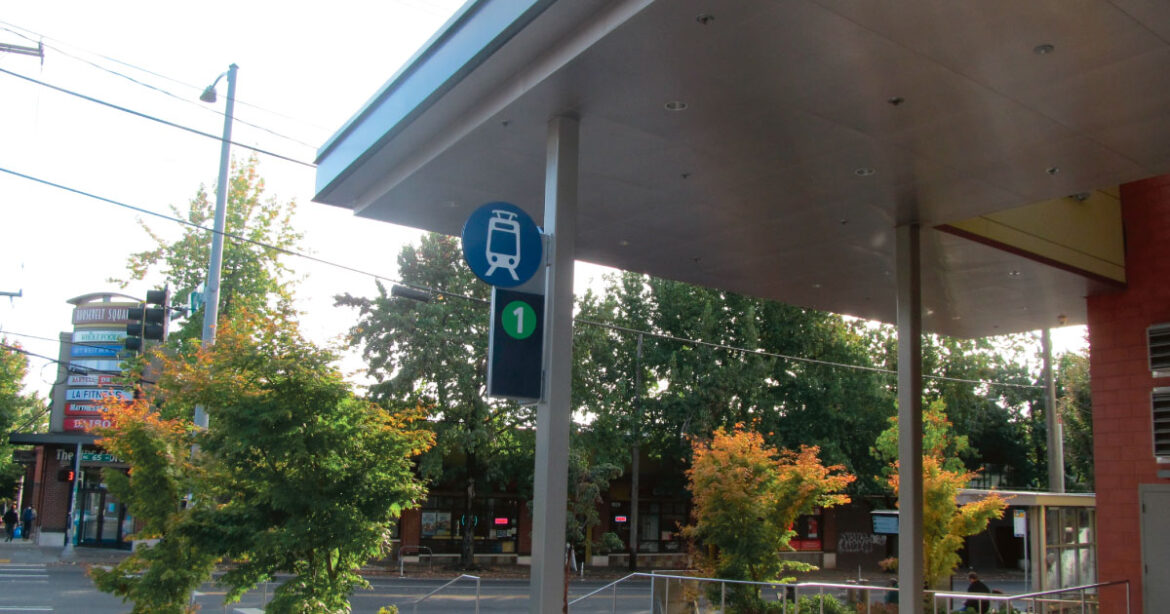New apartments, high-speed rail, buildings, businesses open in Roosevelt. What does this mean for the community?
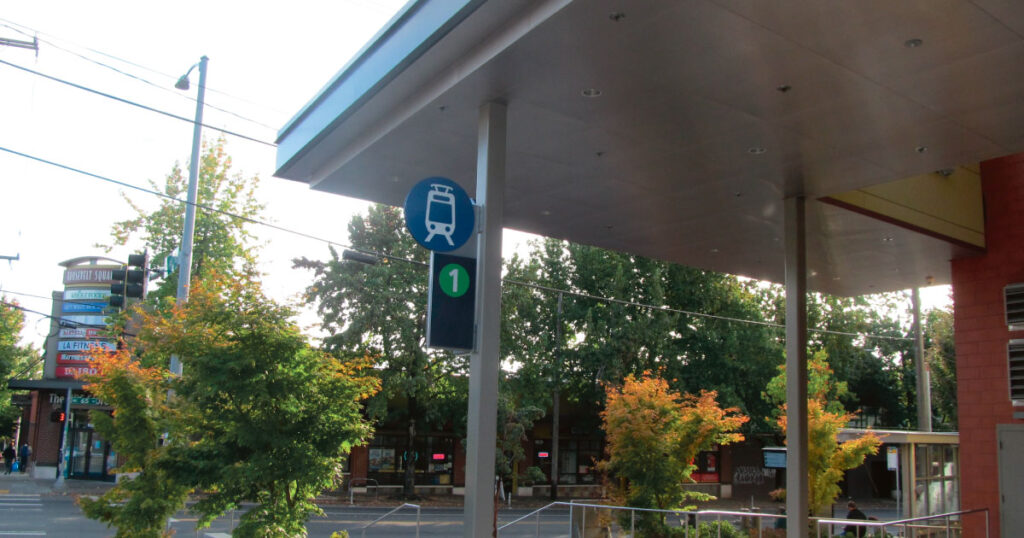
Recent redevelopment of the Roosevelt neighborhood has changed not only its skyline and density, but the community it houses.
In 2015, several properties owned by Seattle landlords Hugh and Martha Sisley were torn down as the lots were sold to developers of multifamily housing.
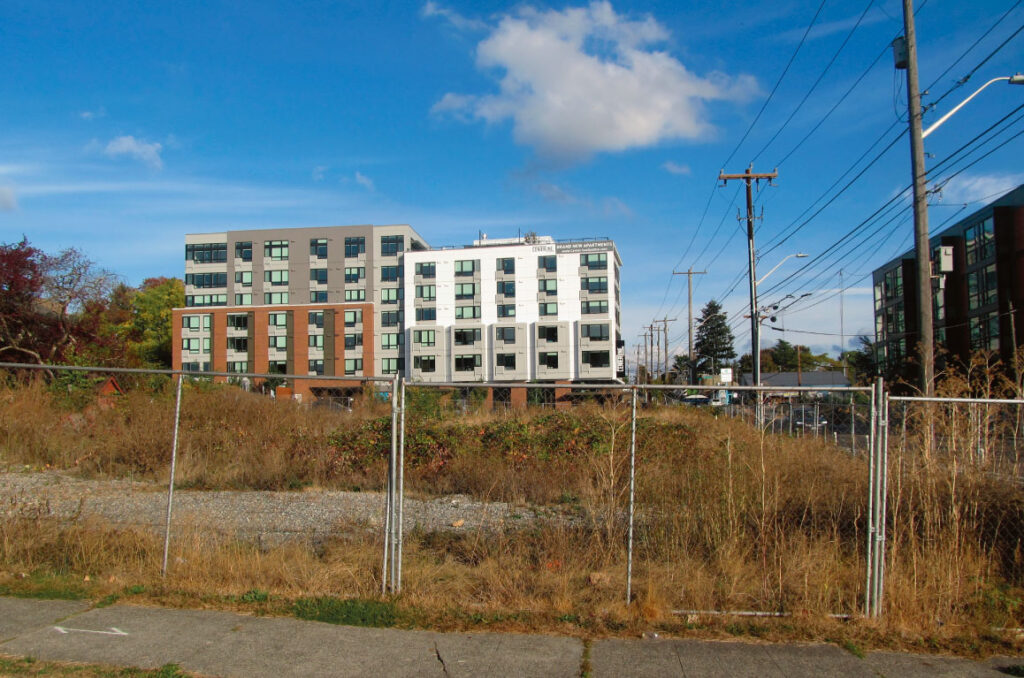
This was part of a larger trend, including the expansion of the Sound Transit light-rail to Roosevelt in October 2021. Next door and less than a year later, the Cedar Crossing apartment complex opened, with 245 units of affordable housing and a daycare center, the José Martí Child Development Center.
According to the Seattle Times, as of September 2021, the Roosevelt neighborhood had seen a 95% increase in housing units since 2015. The increase in housing units has accompanied new businesses to the area, such as LA Fitness and cafes such as Cafe Ladro and Santo Coffee Co.
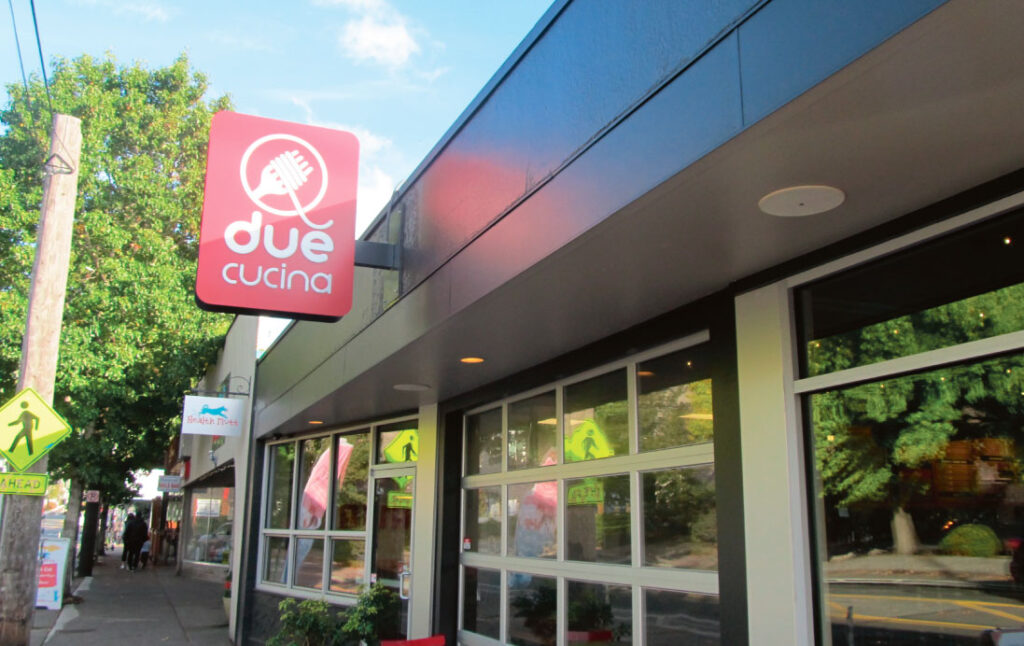
Kristine Barnes, Roosevelt High School social studies teacher, said, “[Development] revitalized the area in many ways. We have new businesses, but we’ve also lost some. It’s an evolving neighborhood.”
Fellow Roosevelt social studies teacher Michael Magidman views the development as progress for a Seattle council goal of increasing urban density. “What we had ten years ago wasn’t making use of the urban density we need for a growing, climate-conscious city,” he said. According to AreaVibes, the urban density of Roosevelt is still 29% lower than the average density of Seattle.
Climate impact of density
A 2014 study by the London School of Economics found that by increasing density and public transportation, cities could cut emissions by a third by 2030.
Seattle Mayor Bruce Harrell says that the largest factor in Seattle’s carbon emissions is transportation. His website says, “We must increase the density… of housing in our city to shorten and change commute patterns.”
Seattle is becoming more climate-friendly by improving public transportation and transitioning off fossil fuels. According to Sound Transit, the Seattle light rail runs on 100% renewable energy from wind power — the first major U.S. light rail system to do so.
Increasing Urban Density
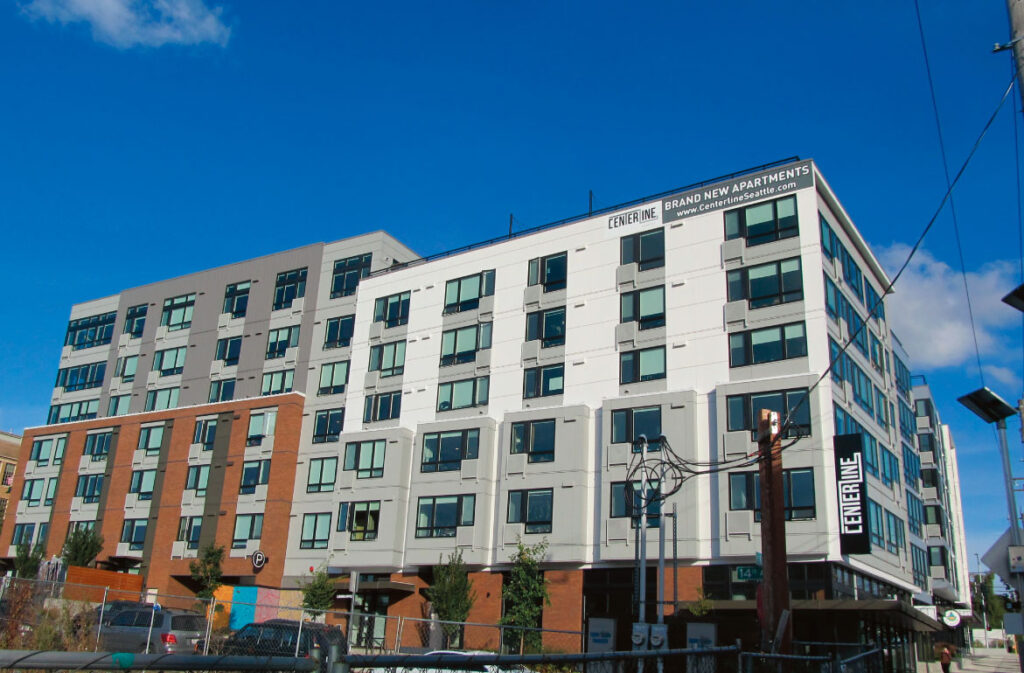
Magidman also believes that development and densification is a step towards becoming more urban. “Northeast Seattle is very suburban by design, zoning laws, and racial restrictive covenants.” He continued,“There’s a historical lack of low-income housing in Roosevelt; our community needs to have discussions about zoning laws.”
Magidman said conversations about development need to focus on equity because Roosevelt’s development didn’t plan for lower income residents. “It drives prices up and exacerbates homelessness,” he said. “Development in this neighborhood is great, but we missed a step.”
Census data shows that the average household income in Roosevelt is around $150,000, about $60,000 more than the Seattle average. The Roosevelt housing market is also more competitive and expensive due to a high demand for single-family homes.
In January 2020, the median home sale price was $785,000. However, two years later, it has increased to $898,000, according to Redfin.
A Divide in Roosevelt’s Community
Magidman said that the increasing price of living will continually divide Roosevelt’s demographics, “The people left living in single-family homes are going to be the wealthy ones — and if we do have apartment-dwelling students, there’s going to be an income gap.”
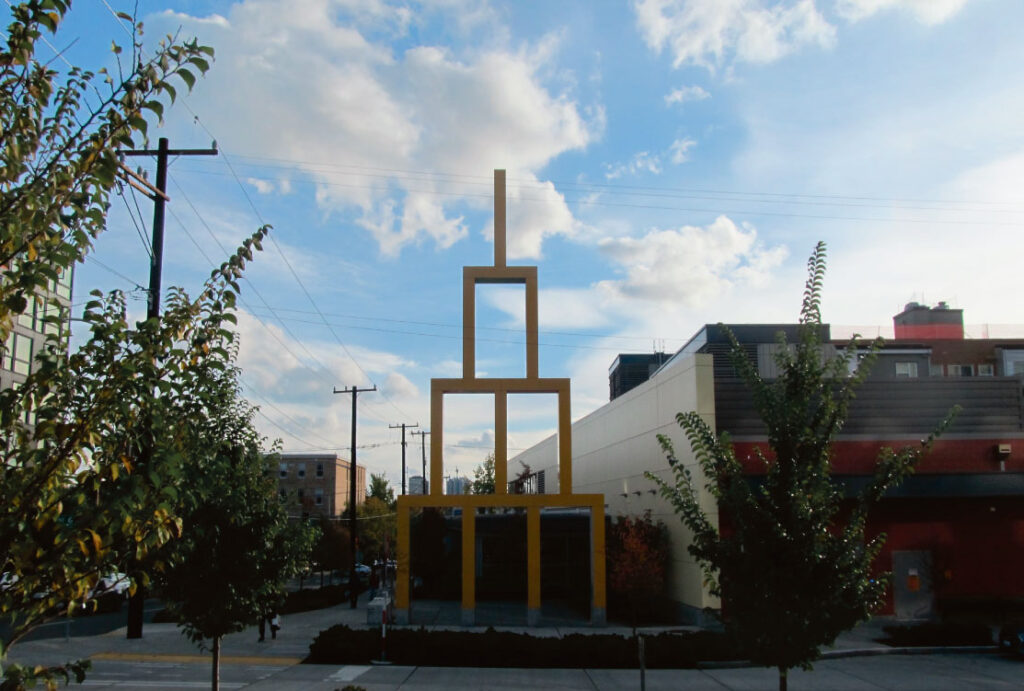
However, Erin Bailey, a Roosevelt graduate and staff member, thinks that the expanded public transportation will bring in new students from around the city. “There are fewer students at Roosevelt since Lincoln High School opened, and there’s better transportation. They will be able to get here and benefit from the programs they’re interested in.”
Bailey also hopes that recent development will bring more diversity to Roosevelt, stating, “I think our schools should reflect the city we live in. For a while it was only representing Northeast Seattle.” Bailey continued, “Allowing people to be able to go to what schools they want to is more equitable for ourselves and our families.”
Barnes agrees with Bailey, “My hope is that through development we might increase our diversity.”
Current Seattle Public Schools policy assigns students to a school based on where they live, called an attendance area school. Students are also able to apply for option and service schools to meet their needs. Additionally, open enrollment offers students the choice to transfer to other attendance area schools.
Despite the benefits, development also reveals weak points in planning. Barnes pointed to scarcity of parking: “The thought was that everybody would utilize public transportation, but the reality is that Seattle is a hard city to not have a car in.” She added that available “parking is becoming more and more of an issue for students.”
Barnes also commented on an increase of traffic, “Our traffic is more dense because of bike lanes and changing bus routes. A lot of 65th is a nightmare to drive on now.”
Bailey agreed with Barnes and said that some of the negatives of this are congestion, pollution, and the quickness of living in a city. Bailey said, “It’s more crowded. It feels more like a city school than it did before.”
However, Bailey is hopeful about Roosevelt’s development, “I want our school to be a community that all families feel welcome in.” When asked what she thought development meant for future Roosevelt students, she said. “I think it’s more real life.”
Follow The Roosevelt News on Instagram @therhsnews. Questions, comments, or concerns? Contact the Editorial Board at therooseveltnews@gmail.com.
Your voice matters. Share your thoughts and experiences in the comment box below.
